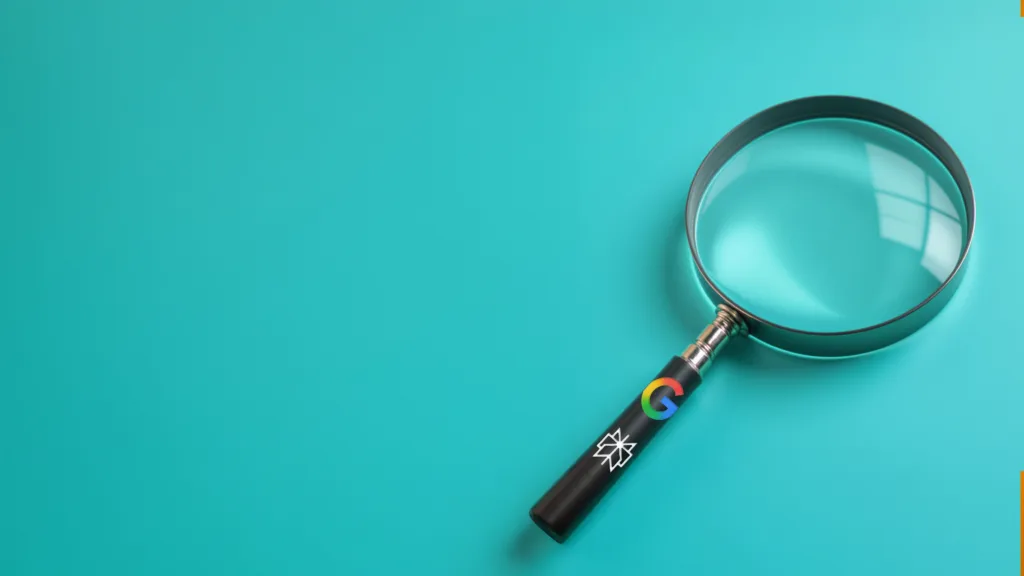
Patent search
made
easy.
Patent search
made
easy.
from
How can you reliably find out which ideas are already protected? In addition to fee-based databases for patent attorneys, Google Patents has been around for many years. Now the new patent search from the AI company Perplexity has been added? What advantages does it offer?
Patent search
Companies today are faced with the challenge of not only developing innovations, but also protecting them against existing patent rights . If you want to know whether a technical idea is already documented or protected, there is no getting around the patent search. For a long time, Google Patents topped the list of free search tools. Now Perplexity has created “Perplexity Patents”, an AI-supported service that aims to go significantly further. But how do Perplexity Patents and Google Patents differ?
What Google Patents can do
For many years, Google Patents has been a central point of contact for anyone who wants to search for patent documents easily. The platform searches publications from numerous patent offices worldwide and makes both older and current documents freely accessible. It is particularly helpful that the search is intuitive: relevant patents can be found with a simple keyword search, while the advanced search offers filters for applicants, inventors, publication dates or technical classifications. Full texts, drawings and legal events can also be viewed directly.
The strength of Google Patents therefore lies primarily in the structured presentation of official documents. Companies can quickly recognize which development steps are already known and whether competitors are active in similar areas. At the same time, the tool reaches its limits when it comes to more comprehensive searches in which not only patents, but also scientific publications, blog posts or open source projects play a role. Professional patent databases offer much deeper fields of analysis here – but these are costly and often only available to specialized departments and patent attorneys.
The new approach of Perplexity Patents
In October 2025, Perplexity presented its own patent search, which deliberately sets itself apart from traditional databases. The central idea is that users no longer have to think in terms of patent terminology. Instead of complex search operators, all they need to do is ask a question in natural language – for example: “Which patents on solar cells in electric vehicles were published after 2022?” The AI analyzes this input, searches relevant patent databases and simultaneously displays accompanying sources such as scientific articles, code repositories or technical blogs.
In this way, Perplexity aims not only to cover official publications, but also to make the entire environment of a technical development visible. In times when open source software, preprints or technical experience reports are playing an increasingly important role in the assessment of novelty and inventive activity, this is an interesting approach. At the same time, Perplexity itself points out that the service is still in the beta phase. This means that coverage may vary, functions may change and results should always be reviewed critically.
How the two tools can work together
These two search approaches present an interesting opportunity for companies: Perplexity Patents can serve as a quick entry point to gain a broader understanding of a technical topic, recognize trends and identify potential Prior Art beyond classic patent documents. The ability to freely formulate questions is particularly helpful. This allows large subject areas to be narrowed down in just a few seconds, and the AI organizes the most important sources clearly.
Google Patents can then be used as a basis for further targeted work. Anyone who has identified specific patent numbers, applicants or technical keywords with the help of Perplexity can then check them in detail in Google Patents, compare claims or analyze legal events. So while Perplexity provides a broad view, Google delivers reliable depth. Companies can first quickly understand “what’s out there” and then precisely understand “which document really counts”.
For day-to-day business, this combination enables a much more efficient approach. Product developments can be checked for risks at an early stage, innovation teams can keep a better eye on competitors and technological developments and internal decision-making processes can be made more secure. Legal laypersons also benefit because it is much easier to get started using natural language and complex patent classes do not have to be known at the outset.
At the same time, it remains important that an AI-supported search never replaces a well-founded patent law assessment. The expertise of patent attorneys is particularly necessary when examining infringements of property rights or preparing your own applications.
Conclusion
The patent search is changing. Google Patents remains a solid foundation for analyzing official documents, while Perplexity Patents broadens the view and reaches new user groups with natural language input.
For companies and inventors, this results in a pragmatic, modern workflow: broad access with Perplexity, detailed checking with Google.
We are happy to
advise you about
Patent law!






